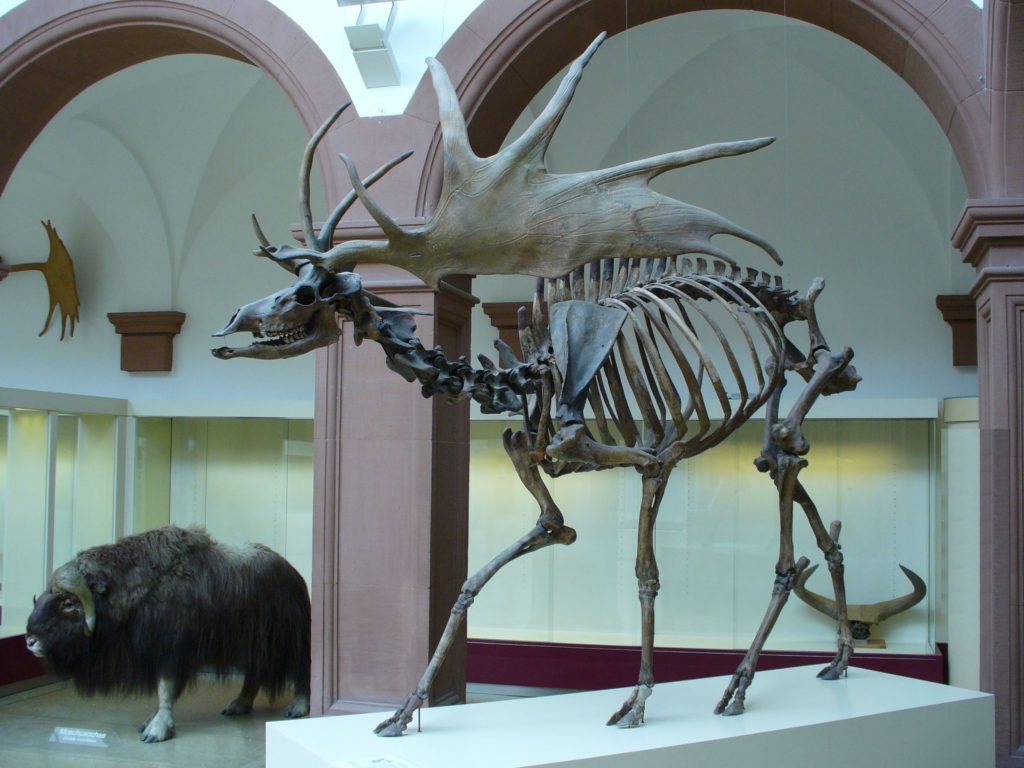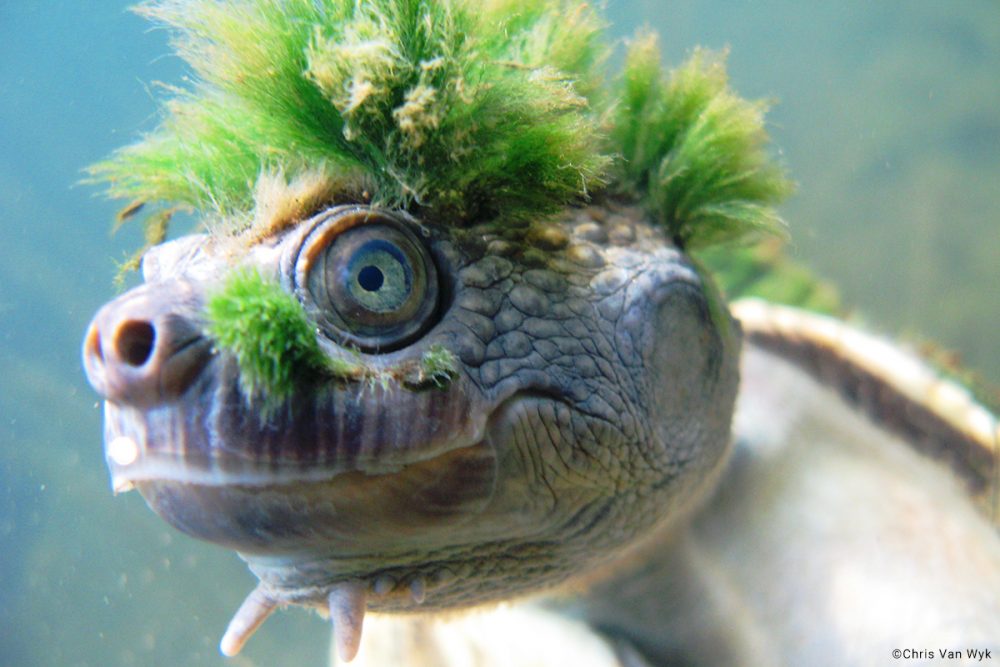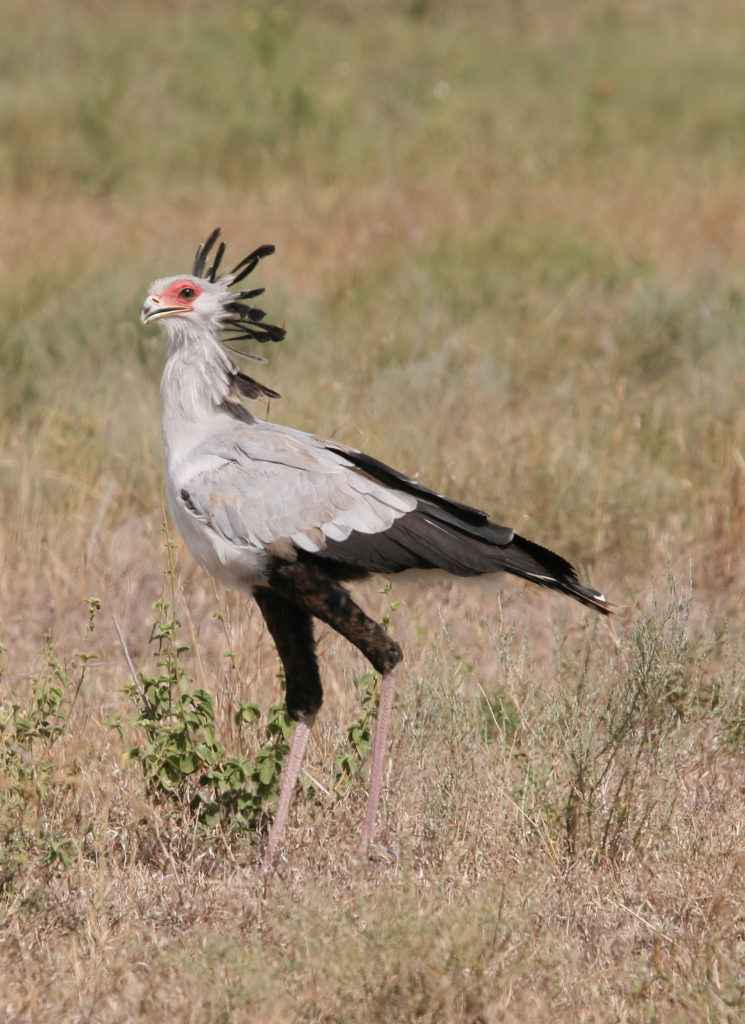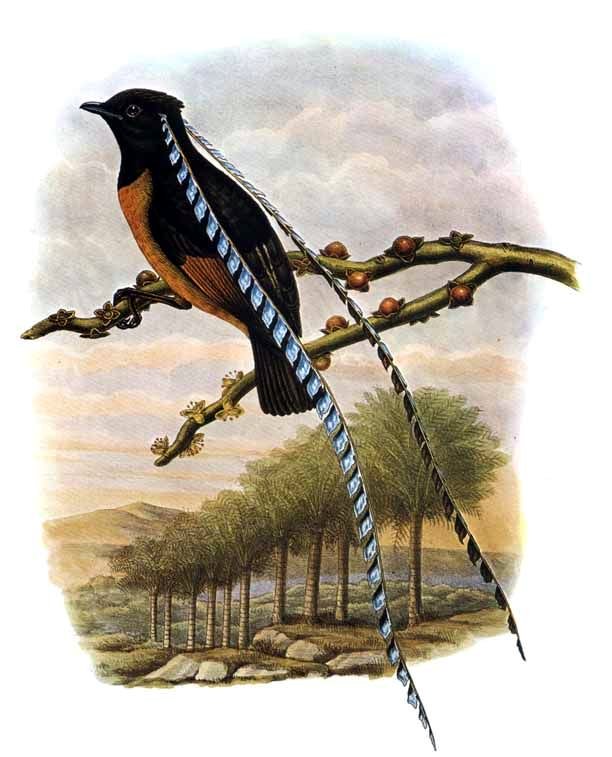Absolutely nothing happened in conservation and the environment on October 6. At least I can’t find anything. Happily, however, October 6 is Mad Hatter’s Day, so designated because Lewis Carroll’s Mad Hatter character has a sign in his hat that reads “In this style 10/6.” The 10/6 refers to the cost of the hat in Victorian England—10 shillings and a sixpence—but that didn’t matter to a group of computer techs in Boulder. In 1986, they interpreted the 10/6 as a date and declared October 6 to be forever known as Mad Hatter’s Day, a day of universal silliness.
So, what could be better than to observe some really silly “hats” in nature on this date. I’ve combed the annals of natural history to find what I consider some of the weirdest sets of head-gear that nature has produced.

In the realm of mammals, let’s head to Ireland and visit the extinct Irish elk (Megaloceros). Alas, it was neither an elk (rather the largest deer that ever lived) nor Irish (not just Irish, that is, as it lived in Europe, Asia and Africa). It was huge, about 6.5 feet tall at the shoulders. But its antlers are the real story. They grew up to 12 feet wide and weighed hundreds of pounds. One can imagine this behemoth moving across the landscape, its rack of antlers looking like Arnold Schwarzenegger’s uplifted and flexed biceps. There are many ideas about the antlers being the elk’s terminator—it couldn’t lift its head up; it couldn’t move through thick forests—but no one knows.

For reptiles, I give the nod to the Mary River turtle (Elusor macrurus). This freshwater turtle lives in the Mary River (duh) along the coast of Queensland, Australia. It’s a pretty ordinary looking turtle—until it starts sporting a growth of algae on its head, making it look like a startled chia pet! Its head-gear is what attracted me, but biologists are more amazed at one other feature of its morphology. Seems it breathes through its cloaca; that is, it breathes through its rear end. Enough said.

The bird realm, however, is where weird hats reach their full expression. Long, elaborate feathers on the bird’s head are the general mode of decoration. The African Secretary Bird (Sagittarius serpentarius), for example, sprouts long feathers out the back of the head, presumably reminding early British ornithologists of the quill pens that 19th Century male secretaries carried behind their ears. The South American Hoatzin (Opisthocomus hoazin) has similar head plumes, but the feathers are just one distinctive feature. It has other names, like the “stink bird,” because it eat—and digests—buds and small leaves like a cow, and its excretions are so foul that its body odor is repugnant. The Southern Cassowary (Casuarius casuarius), from New Guinea and Australia, takes the living-fossil award, sporting a large flat crest (called a casque) that resembles the dinosaur Diplophosaurus.

But my crowning favorite is the King of Saxony Bird of Paradise (Pteridophora alberti), also from New Guinea. It looks a bit like an over-sized Grosbeak (about 9 inches long), but with one very big difference—males grow two long (and I mean long) feathers from their heads. These two feathers can be twice as long as the bird itself, up to 20 inches long! Usually letting the feathers trail beneath it, the male can raise those feathers straight up in the air. So outrageous is this plumage that when specimens were first brought back to Europe, they were disputed as fakes. .
You are free to choose your own number one among nature’s maddest hatters. If you are having trouble choosing a favorite, I recommend you stick with a sure winner—Dr. Seuss’s Cat in the Hat!
References:
Australian Museum. Mary River Turtle. Available at: https://australianmuseum.net.au/learn/animals/reptiles/mary-river-turtle/. Accessed August 19, 2109.
Beauty of Birds. King of Saxony Birds of Paradise. Available at: https://www.beautyofbirds.com/kingofsaxonybirdofparadise.html. Accessed August 19, 2109.
Cornell Lab of Ornithology. Hoatzin Opisthocomus hoazin. Available at: https://neotropical.birds.cornell.edu/Species-Account/nb/species/hoatzi1/overview. Accessed August 19, 2109.
San Diego Zoo. Secretary Bird (Sagittarius serpentarius). Available at: https://animals.sandiegozoo.org/animals/secretary-bird. Accessed August 19, 1019.
University of California, Berkeley. The Case of the Irish Elk. Available at: https://ucmp.berkeley.edu/mammal/artio/irishelk.html. Accessed August 19, 2019.
